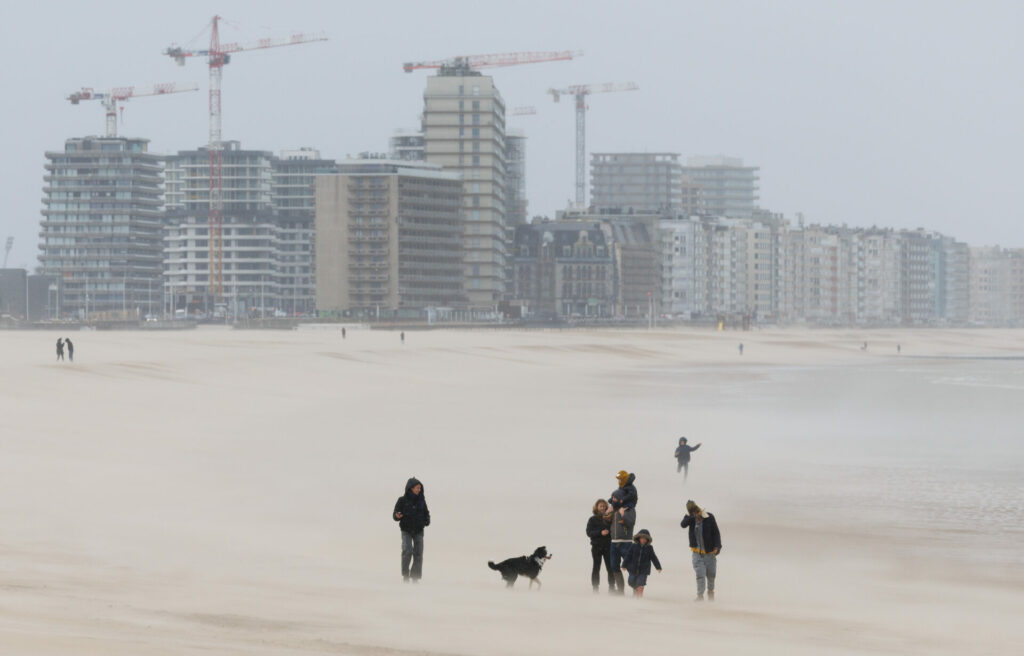After sweeping across the country on Thursday, Belgium is taking stock of Storm Ciarán, which resulted in two fatalities in Ghent, including a five-year-old child.
Fire services were deployed nationwide in over a thousand operations. The rail network remained disrupted until the evening and the Royal Meteorological Institute (IRM) retained an orange alert level for the provinces of Hainaut, Eastern Flanders, and Western Flanders after the peak of the storm had passed.
Hainaut province was significantly impacted, with firefighters called to over 1,200 operations. The majority of interventions were in Walloon Picardy and the province’s heartland. Firefighters in Western Hainaut tackled over 500 cases.
The storm also resulted in nearly 600 operations for firefighters in Liège province. Within Liège itself, close to 200 interventions were reported, while in the Verviers region over 260 operations were needed and one person was slightly injured.
In Namur province, emergency services dealt with fallen trees obstructing roads or electrocution risks from fallen power lines.

A woman and a child walking along the beach as the storm Ciarán brought heavy winds to Ostende, 02 November 2023. Credit: Belga / Benoit Doppagne
In Brussels, firefighters completed 85 storm-related operations by 17:00, reported spokesperson Walter Derieuw. The Brussels Emergency Medical and Fire Service (SIAMU) completed about 600 operations during the day, including regular duties and storm-related ones. This is nearly twice as much as a normal day.
Parks, nature reserves, and woods handled by the Region were closed on Wednesday evening and some will not reopen until Sunday morning.
Minor interruptions occurred in the morning on the STIB bus network to perform repairs. This included minor interventions such as securing loose debris that could become a danger on the roads.
Three tram lines were disrupted due to branches falling: 4 and 92 in Uccle, and tram 39 between Stockel and Ban-Eik stations in Wezembeek-Oppem. Technical teams had to wait until the winds subsided before starting repairs.
Related News
- Storm Ciarán: Trains operating at normal speeds once again
- Storm Ciarán: What should you do in case of storm damage?
Rail traffic in Flanders was partly suspended, with no trains between Bruges and the Coast running. Speeds were limited to 80 km/h on national lines until at least 6 pm. The storm also disrupted Flemish public transport network De Lijn, causing some route diversions in Flanders and Brussels.
Air traffic was also affected, particularly at Brussels Airport where one runway was used for both take-offs and landings, causing some delays.

